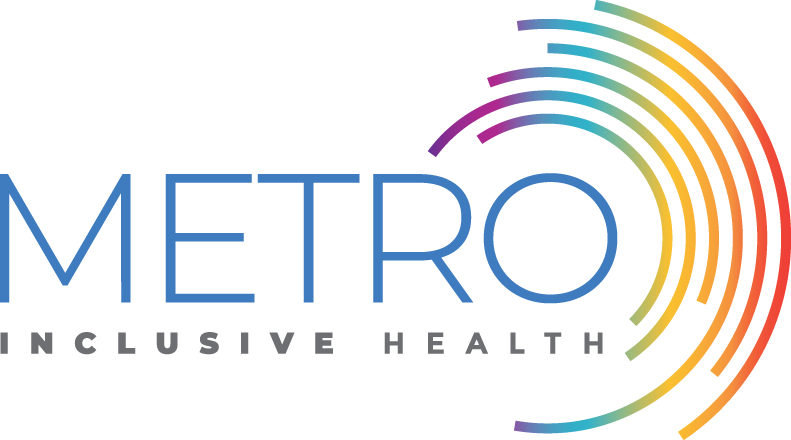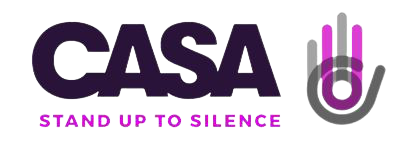The Truth Behind Triggers
It seems that society likes to pick a psychology word or phrase and then overuse and mishandle it. When people misuse terms, we lose what they actually mean. Sometimes this is in the form of actual diagnoses, like… That’s so OCD. They are acting totally bipolar. Don’t be so paranoid. Sometimes it is saying things like gaslighting, trauma, and neuro-divergent. And a biggy? Triggers.
I am a HUGE advocate of mental health awareness and feel optimistic that people are beginning to talk about mental health on the reg. Clinical psychological terms are being thrown around so casually which obfuscates their actual meaning. And without having a true understanding of the terminology we are less able to properly diagnose, identify, and heal.
The term ‘triggered’ is certainly being overused and misunderstood. Let’s start with the fact that our brains are master storytellers. Uncertainty feels like a threat, so our brain fills the gaps to make assumptions to confirm what we already believe is true.
Our subconscious mind stores all of our memories and the meaning we assigned to those memories – even the memories we can’t recall. It habitually uses these memories to create narratives. When we’re triggered, our internal world is reacting not just to the event, but to the meaning we project onto the event.
So, why does the brain create so many negative stories about life experiences? The answer is: The brain sees uncertainty as a danger or threat. A “negative” story feels safe to the brain. The brain isn’t concerned with keeping you happy. Its only concern is keeping you safe. Maintaining survival.
Many of us believe we’re triggered by an event, but we’re also triggered by what we interpret the events mean about us. When you’re triggered over the dirty dishes in the sink, it’s not really about the dishes. It’s about the deeper meaning.
Example #1: You come home, and your partner left the dishes in the sink. You see them watching Netflix and a rush of anger comes over you. A narrative is created in your mind:
- “They don’t consider me.”
- “They don’t care about me.”
- “I’m not important.”
- “I’m invisible to the people I love.”
Example #2: Your partner is late to meet you for dinner. As you text “where are you?” frustration runs through your body. A narrative is created in your mind:
- “The probably completely forgot about me.”
- “I always end up with people who are workaholics.”
- “I’m so sick of not being a priority in people’s lives.”
Now that we have a better understanding of what a trigger is and where it comes from, let’s look at some ways you can work through a trigger!
HOW TO WORK THROUGH A TRIGGER:
- Notice the brain’s narrative: witness it. Just be with it, don’t try to change it. Notice all the stories and assumptions being made.
- Name it as a story: “my brain is protecting me by creating a story right now.”
- Take deep slow breathes from the belly: this will send cues of safety to the nervous system and help regulate thought patterns. I like the 7-11 breathing because you breath in for 7 seconds and out for 11 seconds. This ensures that the outbreath (responsible for the parasympathetic nervous system) is getting more attention.
- Speak “I don’t know” to break the pattern of creating thoughts. Acknowledge the objective truth – which is you can’t be sure of why anything happened – your brain is simply making assumptions.
- Stay curious and open: Communicate, share, and be vulnerable.
By practicing these steps, you separate yourself from your narrative or story. This will create healthier relationships, improved emotional regulation, and more confidence.




